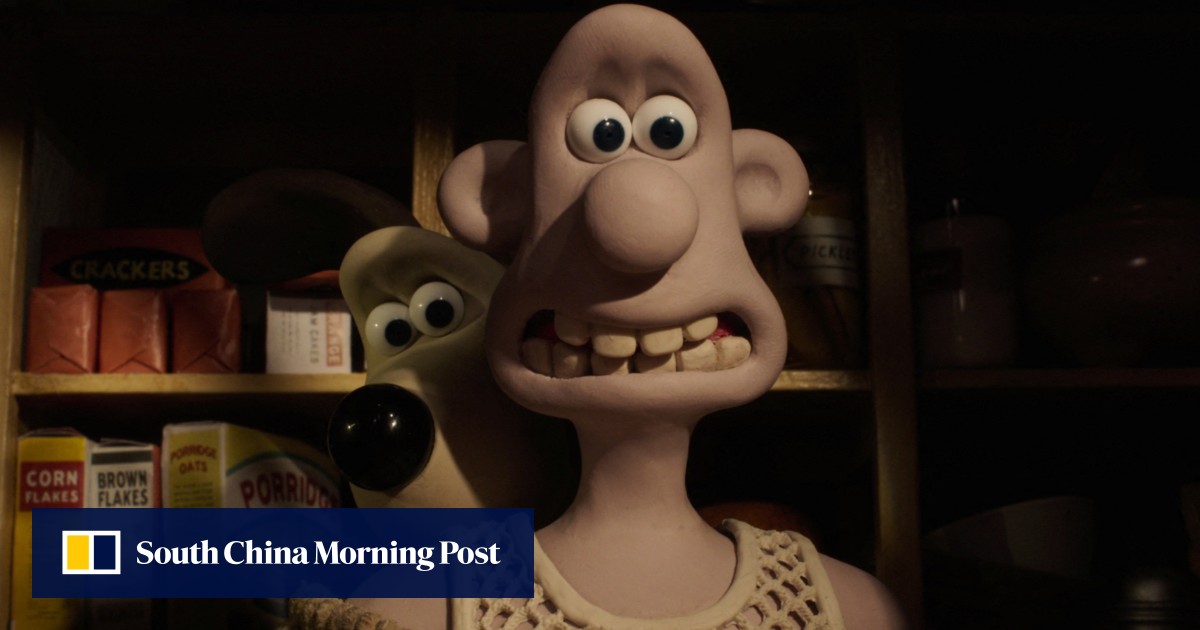None of the kids had swimming lessons, we just picked it up.
I was very good at school and was always top of the class or second. I was supposed to go on to secondary school but my father needed more hands on the boat
Kwok Cho-tai
Late starter
My father was illiterate. He hadn’t gone to school and knew nothing about the education system. It was only when one of his friends asked why he didn’t send his children to school that he began thinking maybe we should go.
It’s ‘a losing battle’ against abandoned fishing nets. He’s fighting anyway
It’s ‘a losing battle’ against abandoned fishing nets. He’s fighting anyway
That’s why I was quite late to start primary school. I went when I was nine. My parents sent me to a boarding school in Macau. I wasn’t used to being on my own and didn’t like it at all. I was really lonely and cried a lot because I missed home so much.
My parents missed me as well and after a year they brought me home to Aberdeen.
Bright spark
When I came back to Hong Kong, my father bought a bigger boat. It was a houseboat and wasn’t for sailing.
I went to SKH Chi Fu Chi Nam Primary School. I was very good at school and was always top of the class or second, I was never third.
I was supposed to go on to secondary school and my form teacher even offered to pay for my education, but my father needed more hands on the boat so I was pulled out of school.
I was 17 when I joined my father in the fishing business and began going to sea with him. We sailed the South China Sea.
Sailing the fishing boat, I’d felt very free. Sailing the Star Ferry was very different. It’s a much bigger boat and there is a lot of traffic in Victoria Harbour.
Kwok Cho-tai
In those days there was no shortage of fish, we always got a big catch.
It’s a hard life
As you might expect, we ate a lot of seafood at home, mostly fish and shrimp. We didn’t eat many vegetables.
How fisherfolk of Aberdeen Harbour and tiny island of Peng Chau forged Hong Kong’s vibrant history
How fisherfolk of Aberdeen Harbour and tiny island of Peng Chau forged Hong Kong’s vibrant history
Three of my siblings, a brother and two sisters, also started working with my dad on the fishing boat. The younger kids were on the houseboat or at school. When I got time off, I went swimming or had a barbecue with my friends.
I met my wife when I was very young. She was a fisherman’s daughter and originally from Macau. We played together with all the other kids.
When I was 15, we started dating. We got married in 1990, when I was 25, and we lived on the boat with my parents.

After our two sons were born, I began thinking that I didn’t want to go to sea any more. I didn’t want my boys to follow in my footsteps and go into the fishing business because it is a very hard life.
Starring role
After about 20 years of fishing, I stopped working for my father and he sold the boat. By that time, the industry was really struggling because there weren’t enough fish left. A lot of other fishermen had sold their boats and the fishing community was shrinking.
Across Victoria Harbour exhibition is a window to Hong Kong’s maritime past
Across Victoria Harbour exhibition is a window to Hong Kong’s maritime past
I started off as a sailor. My role was to lift the gangplank up, secure the ferry to the pier and general cleaning on the boat. The next step up from there was to get a licence to drive the boat.
Licence to drive
It was very difficult back then to get a licence, mainly because I didn’t have a lot of education. Fortunately, the examiners were not very harsh. I’d only been sailing the boat for just over a month when I sat the test. I got my licence the first time around.
In those days, there were two exams – one was for a 60-tonne boat and the other for a 300-tonne boat. These days there are more categories and it’s more difficult to get your licence.

Good material
Sailing the fishing boat, I’d felt very free. There were just a few of us on board and there were no regulations. I could go where I wanted.
Sailing the Star Ferry was very different. It’s a much bigger boat and there is a lot of traffic in Victoria Harbour.
We don’t sail along the harbour, we have to cut across it, which makes it very challenging. What’s more, there are hundreds of people’s lives in my hands, so I have to be very careful.
People would take the ferry to work and school and I saw little kids grow up. My relationship with the passengers was really good
Kwok Cho-tai
My boss thought I was good material and could see the potential in me. As soon as I got my licence, in 2000, I was promoted to vice-captain. By 2002, I was made a captain. I wanted to keep improving and continued to study and got the 300-tonne licence.
Narrow harbour
In the more than 30 years I’ve been working for the Star Ferry, there have been a lot of changes. We have moved pier twice. The Star Ferry pier is now in the middle of the sea compared to where it was when I started out.
It was constructed on reclaimed land about 300 metres from the former site, at Edinburgh Place. The harbour is now much narrower. This makes for a lot of waves and the sea can be quite rocky.
A second family
I used to run the Hung Hom line (terminated in 2011). I saw familiar faces every day. I came to see the passengers as a second family. People would take the ferry to work and school and I saw little kids grow up. My relationship with the passengers was really good and they would treat me to snacks every now and then.
When the Star Ferry moved to its current location, in 2006, I stopped sailing boats and became the chief coxswain. My role now is to oversee all the ferries.
He loved the Hong Kong street he grew up on so much he built a hotel on it
He loved the Hong Kong street he grew up on so much he built a hotel on it
I still have relatives in Macau and visit several times a year. My sons are in their thirties. One of them works in a hospital and the other works for the insurance firm AIA.
Hong Kong icon
The Star Ferry is a symbol of Hong Kong. I’m very proud to have spent my career working for it.
Kwok Cho-tai
The future of the Star Ferry was hanging in the balance and everyone was very worried that it might stop running and we would be out of a job. I’m very happy that we got through that difficult time.
Looking to the future, the Star Ferry looks like it will cater mostly to tourists. There are few local passengers using it to go to work as they used to in the old days.
I plan to retire within the next couple of years. The Star Ferry is a symbol of Hong Kong, you see it on so many of the souvenirs and photos of the city. I’m very proud to have spent my career working for it.







